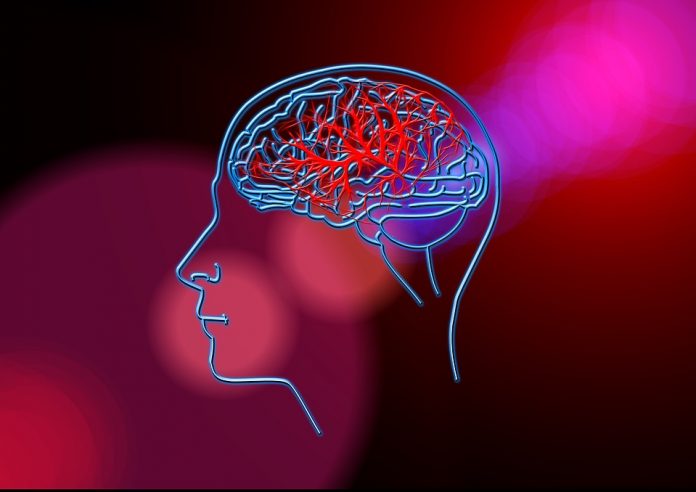Although hospitalized patients are in a monitored environment, stroke evaluation and treatment are often delayed compared to patients arriving with a stroke at the emergency department, contributing to higher rates of morbidity and mortality for in-hospital stroke, according to an American Heart Association scientific statement published online today in the Association’s journal Stroke. This scientific statement will also be discussed during a symposium today at 5 p.m. CT/ 6 p.m. ET at the Association’s International Stroke Conference in New Orleans. An American Heart Association scientific statement is an expert analysis of current research and may inform future clinical practice guidelines.
The statement outlines five elements for the development of hospital systems of care and targeted quality improvement to reduce delays and optimize treatment to improve outcomes for patients who experience an in-hospital stroke. In-hospital stroke is a stroke that occurs during a hospitalization for another diagnosis and affects between 35,000 and 75,000 hospitalized patients annually in the United States.
The five core elements of the statement are:
training all hospital staff on stroke signs, symptoms and activation protocols for in-hospital stroke alerts;
creating rapid response teams with dedicated stroke training and immediate access to neurologic expertise;
standardizing the evaluation of potential in-hospital stroke patients with physical assessment and imaging;
eliminating and addressing potential treatment barriers including interfacility transfer to advanced stroke treatment; and
establishing an in-hospital stroke quality oversight program delivering data-driven performance feedback and driving targeted quality improvement efforts.
The statement encourages institutions to develop a plan for in-patient stroke response teams that includes education, quality review and specified oversight.
The statement was developed by the writing committee on behalf of the American Heart Association’s Stroke Council; the Council on Arteriosclerosis, Thrombosis and Vascular Biology; the Council on Cardiovascular and Stroke Nursing; the Council on Clinical Cardiology; and the Council on Lifestyle and Cardiometabolic Health. The diverse committee included experts in nursing, neurology, internal medicine, neurocritical care, neurosurgery and neurointerventional radiology. The American Academy of Neurology affirms the value of this statement as an educational tool for neurologists, and the American Association of Neurological Surgeons/Congress of Neurological Surgeons Cerebrovascular Section affirms the educational benefit of this statement.
American Heart Association scientific statements promote greater awareness about cardiovascular diseases and stroke issues and help facilitate informed health care decisions. Scientific statements outline what is currently known about a topic, and what areas need additional research. While scientific statements inform the development of guidelines, they do not make treatment recommendations. American Heart Association guidelines provide the Association’s official clinical practice recommendations.








